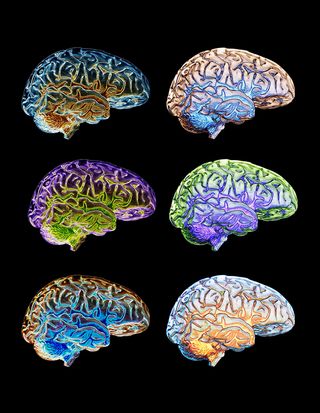Leadership
Cognitive Diversity
What's often missing from conversations about diversity and inclusion
Posted June 18, 2017
I don’t typically write or comment on issues of diversity and inclusion. But an often-overlooked aspect of the topic — cognitive diversity — is starting to come into the spotlight, and I have some insights on it because of the focus of my work. In my experience, I've seen that companies produce the best results and are better able to innovate when their team members don't all think, process information or see the world in the same way. Leaders who innovate and make an impact seek out those who don’t share their opinions and resist the tendency to over-rely on their experience and what has worked in the past.
Writing in Harvard Business Review, researchers Alison Reynolds and David Lewis report some fascinating findings that echo my experience. Reynolds and Lewis studied how well executive teams could complete a strategic execution task under time pressure. They discovered that the kinds of diversity we most commonly think of — gender, race, age — had no correlation to a team's results. What did make a difference was whether the team members had different perspectives and different styles of processing knowledge.
You've probably seen the impact of low cognitive diversity in your own work. Maybe you've interacted with a team that worked harmoniously but that overlooked a business threat or an opportunity to innovate.
What does the concept of cognitive diversity mean for leaders? As Reynolds and Lewis point out, "we recruit in our own image." It's important to address this bias when it comes to factors like race, gender and age. But leaders must also be aware that they favor people who think as they do as well.

Vivek Bapat, Senior Vice President and Global Head of Marketing Strategy at SAP SE, writes in Harvard Business Review. When this happens, leaders, teams and entire organizations lose their way, Bapat says.
Leaders can also encourage cognitive diversity in their day-to-day practices. For example, when everyone seems in lockstep on a decision, "find someone who disagrees and cherish them," Reynolds and Lewis write. Cultivate an environment where team members know they can speak up, ask questions and express dissent. Train employees to recognize their unconscious biases so that they can better collaborate with others who differ from them. Both of these actions are pillars of the CEO Action for Diversity & Inclusion™.
A culture that encourages (explicitly or implicitly) conformity of thought breeds stagnation and imperils a company. For that reason, initiatives to build diversity in how employees think deserve a place alongside demographic diversity programs.
As a keynote speaker and leadership consultant, I work with rising leaders that want to be taken seriously and be ideally positioned for senior positions. To keep up with news about leadership and career management, sign up here or follow me at @saracanaday.


